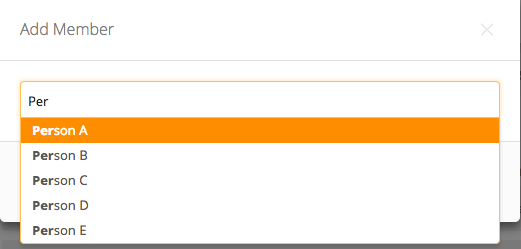Team Configuration
Teams are the basis for most Opsgenie configurations including on-call schedules, integrations, services, and more.

Tour of the Opsgenie Team Dashboard
On the left, you can see the Team name, description, member count, and Activity Stream which records any changes to the Team structure or features.
Tabs (Left-Right)
Main: Designate your team’s Routing Rules, Escalation Policies, and On-Call Schedules.
Integrations: Add, search, turn off alerts, or pause your team’s integrations.
Heartbeats: The Heartbeat feature can be used to ensure that your environment is able to connect to Opsgenie continuously by setting intervals for the heartbeat between Opsgenie and the desired system. For more information, see [Heartbeats doc].
Services: Services are the entities you are monitoring, managing and operating. After adding the service, you can define incident rules to aggregate the related alerts to incidents, or define incident templates for manual incident creations..
Members: These are the users who make up your team, add them here.
Roles: Give certain permissions to team members by creating custom roles here.
Policies: Alert, Notification, and Maintenance policies for management of alert and notification lifecycles. Add rules to these policies to tailor to your workflow.
Conferences: Designate Incident Command Center (ICC) conference rooms here for instant incident communication and collaboration.
Activity Stream: Moved from its previous home on the main dashboard, the activity stream posts updates when actions are taken in a Team and by whom. For example, if routing rules or an escalation is updated, that change is reflected here and the user executing the change is noted.



